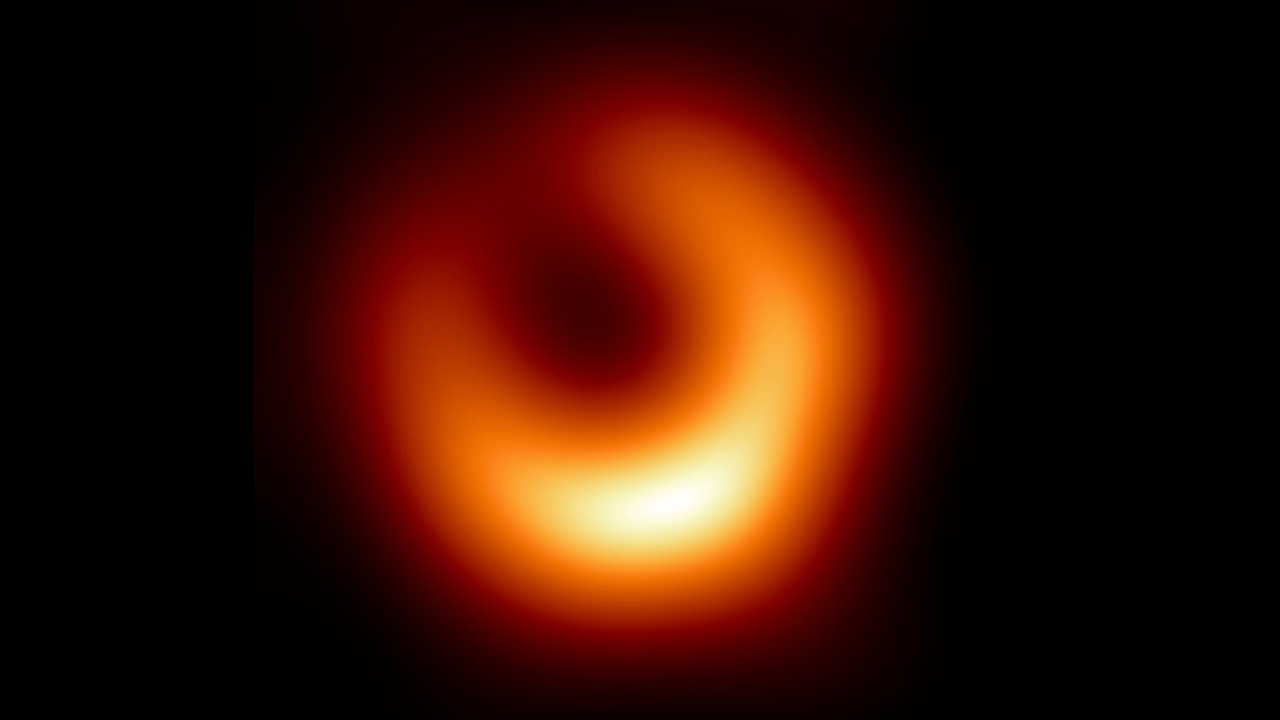Astrophysicist Cosimo Bambi proposes that future technology could enable a tiny, laser-propelled spacecraft, weighing no more than a paperclip, to travel to a nearby black hole. This ambitious concept, revealed in a paper published on August 7, 2023, aims to explore the outer limits of Albert Einstein‘s theory of general relativity in one of the universe’s most extreme environments.
Bambi, a researcher at Fudan University in China, emphasizes that while the idea may seem far-fetched, it is grounded in real physics and could be realistic within our lifetime. He notes that history has shown humanity’s capacity to achieve what once seemed impossible, citing the detection of gravitational waves and the imaging of black holes as examples.
Mission Overview and Goals
The proposed mission involves launching one or more nanocrafts, each equipped with sensors and a light sail. These gram-scale probes would leverage powerful ground-based lasers to accelerate to nearly a third of the speed of light. At this velocity, a nanocraft could reach a black hole located approximately 20 to 25 light-years away in about 60 to 75 years. The data collected would take an additional 20 to 25 years to return to Earth, resulting in a total mission duration of nearly a century.
One of the mission’s key objectives is to investigate whether black holes possess event horizons, the theoretical boundaries beyond which nothing can escape. While general relativity predicts these phenomena, they have never been directly confirmed. Bambi’s proposal includes a nanocraft observing another craft as it approaches the black hole. If an event horizon exists, the signal from the falling probe should gradually redshift and fade. Conversely, if the black hole behaves as a “fuzzball” — a theoretical object without an event horizon — the signal could disappear more abruptly, potentially revealing new physics.
Technological and Logistical Challenges
The mission hinges on two significant advancements: identifying a sufficiently close black hole and developing the necessary laser propulsion systems and miniature spacecraft capable of enduring interstellar travel. Currently, the closest known black hole, Gaia BH1, is located more than 1,500 light-years from Earth. However, Bambi’s research indicates that an undetected black hole could exist within the targeted 20 to 25 light-year range. He expresses optimism that such a discovery may happen within the next decade.
Building the required laser array for this mission is projected to cost around $1.1 trillion, an amount that currently exceeds available scientific budgets. Nonetheless, Bambi believes that technological advancements could reduce this cost to approximately €1 billion within 30 years, making it comparable to current flagship space missions.
“We don’t have the technology now,” Bambi stated, “but in 20 or 30 years, we might.” He concludes that if a black hole within 20 to 25 light-years of Earth can be located, advancements will likely converge, enabling a probe to be sent to investigate the object.
The paper detailing this ambitious proposal has been published in the journal iScience, marking a significant step in the ongoing exploration of black holes and our understanding of the universe. As technology evolves, the dream of interstellar exploration may gradually become a reality.
